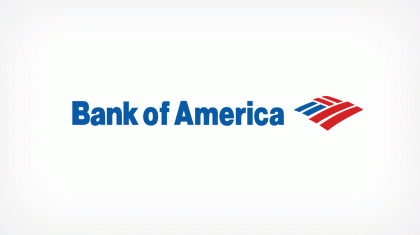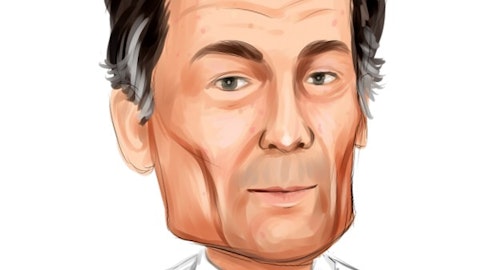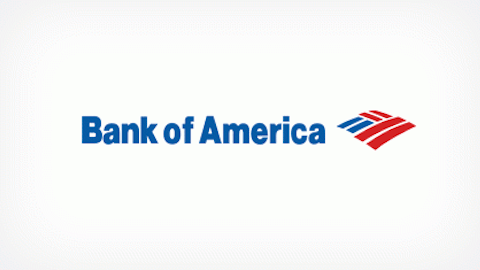The Federal Reserve is pushing on a string. It seems that no matter how much money it prints, it just can’t seem to get inflation going.
Since the financial crisis began nearly five years ago, the central bank has expanded its balance sheet by $2.5 trillion. And it’s done so by “printing” money. Yet, core inflation — which is a measure of consumer prices less food and energy — remains below 2%.
In ordinary times — not to mention, econ 101 classes — the Fed’s massive creation of money would lead to a rapid acceleration in prices. This is why so many analysts and commentators over the last few years have predicted that an impending onslaught of price increases must be right around the corner.
But these are no ordinary times.
One explanation of the breakdown in the relationship between the proverbial printing presses and inflation is that we are stuck in a liquidity trap — Paul Krugman and other Keynesian economists have made this point repeatedly since 2008. This rare economic phenomenon occurs when banks refuse to expand their lending despite a Fed-induced flood of liquidity into the market.
Putting hyperbole to the side, when times are tough, the Fed doesn’t actually print money and then, say, dump it out of helicopters to a fortuitous few below. It creates money instead by buying federally insured bonds from banks. The theory is that banks will then take the cash and lend it out, the proceeds of which will be redeposited with the bank, and then relent, and on and on. The end result is an expansion of credit and, therefore, economic output.
The problem now is that banks aren’t lending. No matter how much money the Fed proverbially prints, it can’t force, say, Bank of America Corp (NYSE:BAC) or Wells Fargo & Co (NYSE:WFC) to then lend that money out to prospective debtors. To paraphrase public comments from the biggest banks, they’ll do so when they damn well please. This is why I said at the beginning that the Fed is “pushing on a string.”
Although I believe the liquidity trap theory goes a long way toward explaining the Fed’s current predicament, a recent paper by two of its economists is providing further context. Titled “Low Inflation in a World of Securitization,” the authors argue that securitization — the process by which banks originate loans, package them into securities, and then sell the securities to institutional investors such as pension funds and university endowments — has “decoupled the link between credit and money in the United States.”
Consider this: Institutional investors — what the authors refer to as “market-based lenders” and other people refer to as “shadow banks” — have held more mortgages than banks since 1990. And by the peak of the credit boom in 2007, domestic bank loans to the private sector totaled 63% of GDP whereas total outstanding debt securities accounted for 168%.






